Creating Art That Tells a Story
Art has always been a powerful medium for storytelling, transcending language barriers and evoking emotions in profound ways. Through the ages, artists have used their creativity to weave narratives, capture moments, and convey messages that resonate with audiences across cultures and generations. In this blog post, we delve into the art of storytelling through visual means, exploring how artists use their craft to tell compelling stories that leave a lasting impact.
Exploring Narrative Art:
https://www.getty.edu/education/teachers/classroom_resources/curricula/stories/
Narrative art, also known as storytelling art, encompasses a wide range of artistic styles and techniques that are focused on conveying a story or narrative. From ancient cave paintings depicting hunting scenes to modern graphic novels illustrating complex plots, narrative art has evolved over time but remains rooted in the fundamental human desire to communicate through visual storytelling.
The Power of Visual Storytelling:
Visual storytelling has a unique ability to engage viewers on an emotional level, drawing them into the narrative and sparking their imagination. Through carefully crafted compositions, use of symbolism, and attention to detail, artists can create rich narratives that unfold within a single image or across a series of artworks. Whether exploring historical events, personal experiences, or fantastical realms, visual storytellers have the power to transport viewers to new worlds and perspectives.
Story With Art in Contemporary Art:
In contemporary art, the concept of storytelling continues to thrive, with artists using a variety of mediums and approaches to convey narratives. From realistic paintings that capture intimate moments to abstract works that invite interpretation, artists are constantly pushing the boundaries of how stories can be told visually. Collaborations between artists and writers have also led to innovative storytelling formats, such as graphic novels and illustrated books, that blur the lines between art and literature.
Examples of Story With Art:
"The Migration Series" by Jacob Lawrence: This iconic series of paintings tells the story of the Great Migration, capturing the experiences of African Americans moving from the rural South to the urban North in the early 20th century. Through bold colors and stylized figures, Lawrence's paintings evoke a sense of movement and transition, highlighting the resilience and struggles of a generation.
"Guernica" by Pablo Picasso: One of Picasso's most famous works, "Guernica" is a powerful anti-war painting that depicts the horrors of the Spanish Civil War. Through chaotic compositions and symbolic imagery, Picasso conveys the devastation and suffering caused by conflict, creating a haunting narrative that speaks to the human cost of war.
"Maus" by Art Spiegelman: This Pulitzer Prize-winning graphic novel tells the story of the Holocaust through anthropomorphic characters, with Jews portrayed as mice and Nazis as cats. Spiegelman's use of visual metaphor and sequential art techniques creates a poignant and thought-provoking narrative that explores themes of survival, memory, and legacy.
https://paintwinestudio.com/calendar
Conclusion:
Storytelling has been an integral part of art throughout history, allowing artists to share their experiences, perspectives, and emotions with the world. Whether through traditional paintings, digital art, or multimedia installations, the art of storytelling continues to evolve and inspire, reminding us of the enduring power of narrative in human culture.

